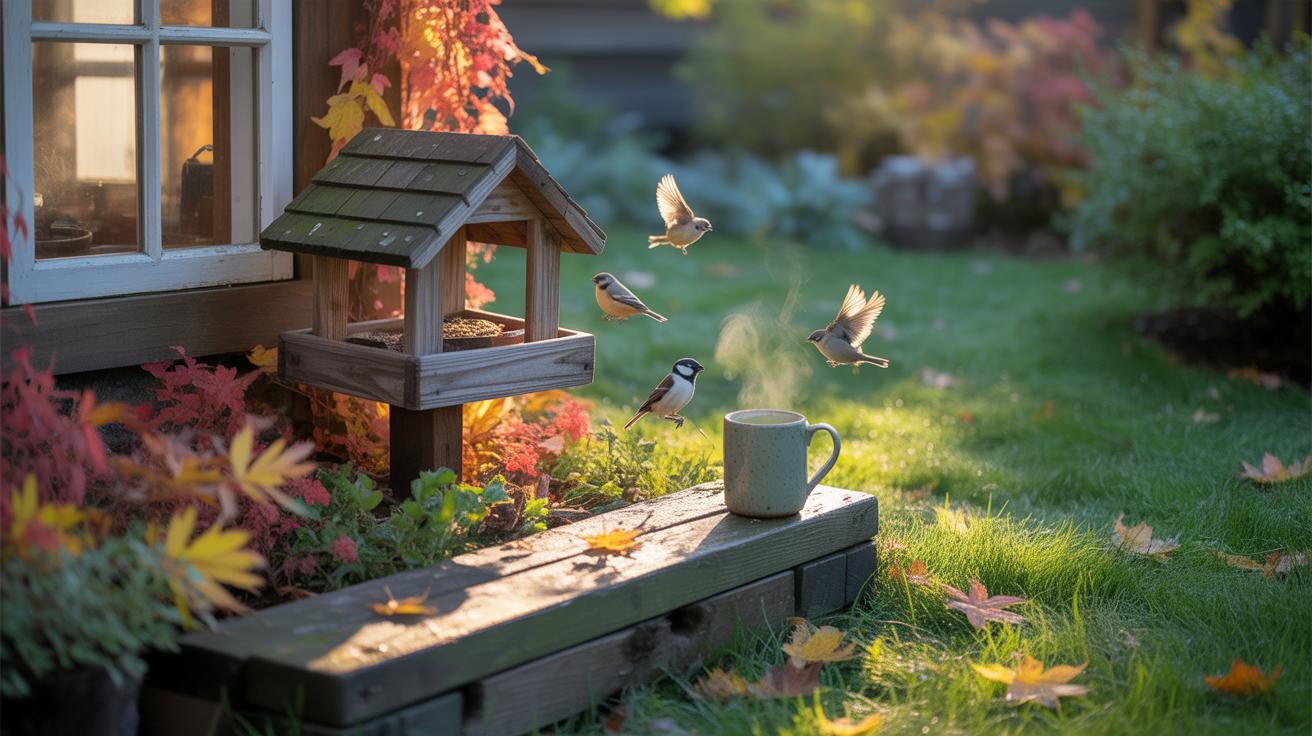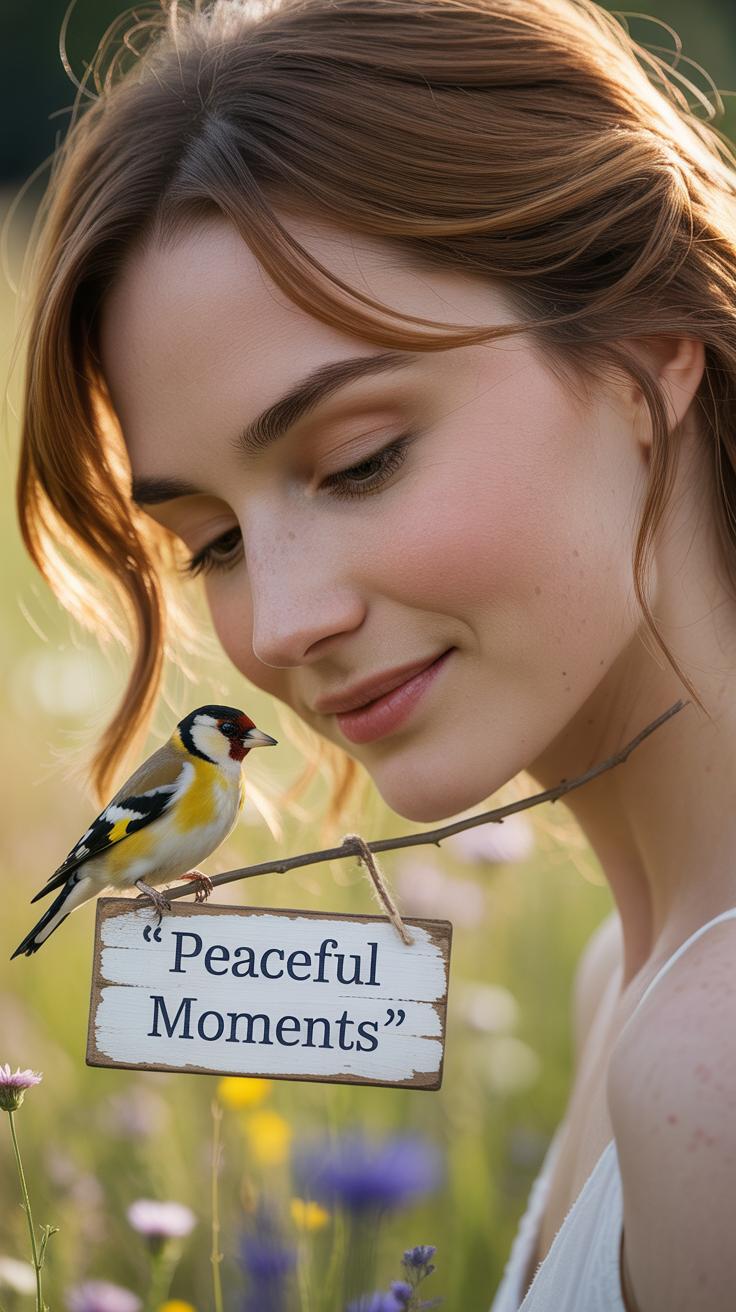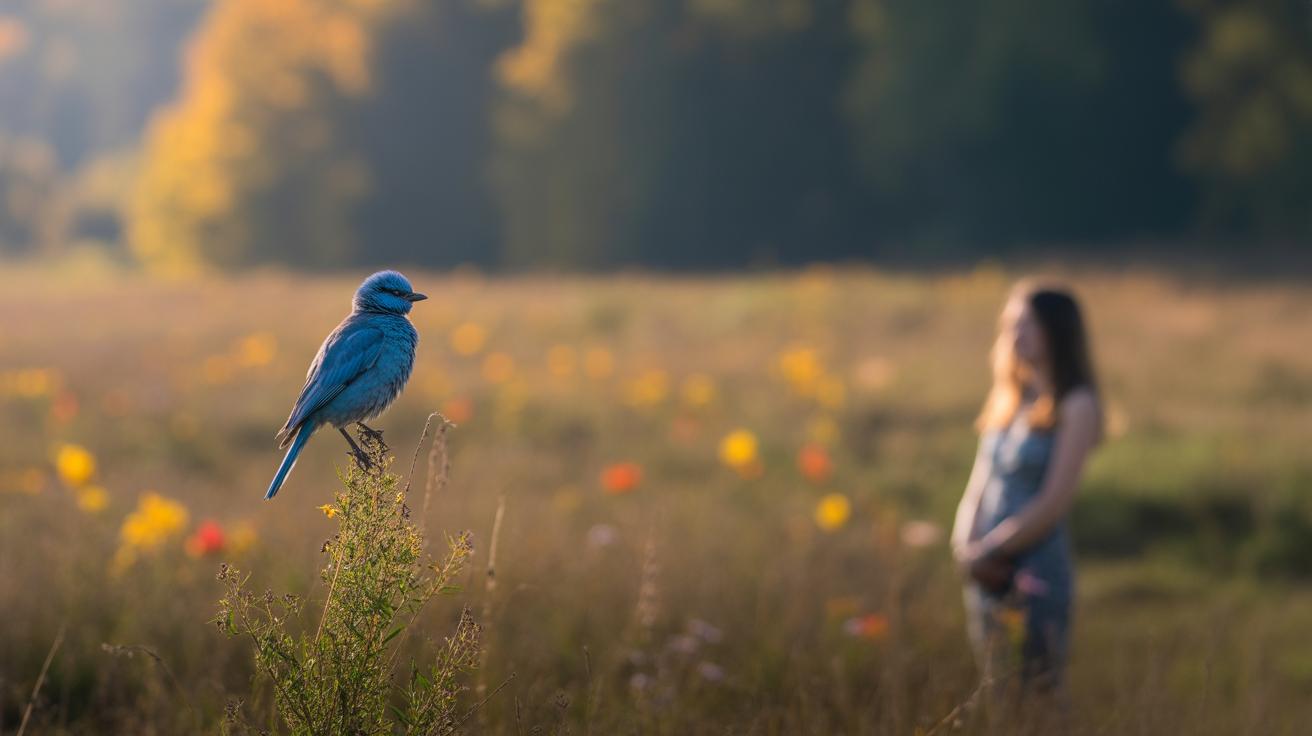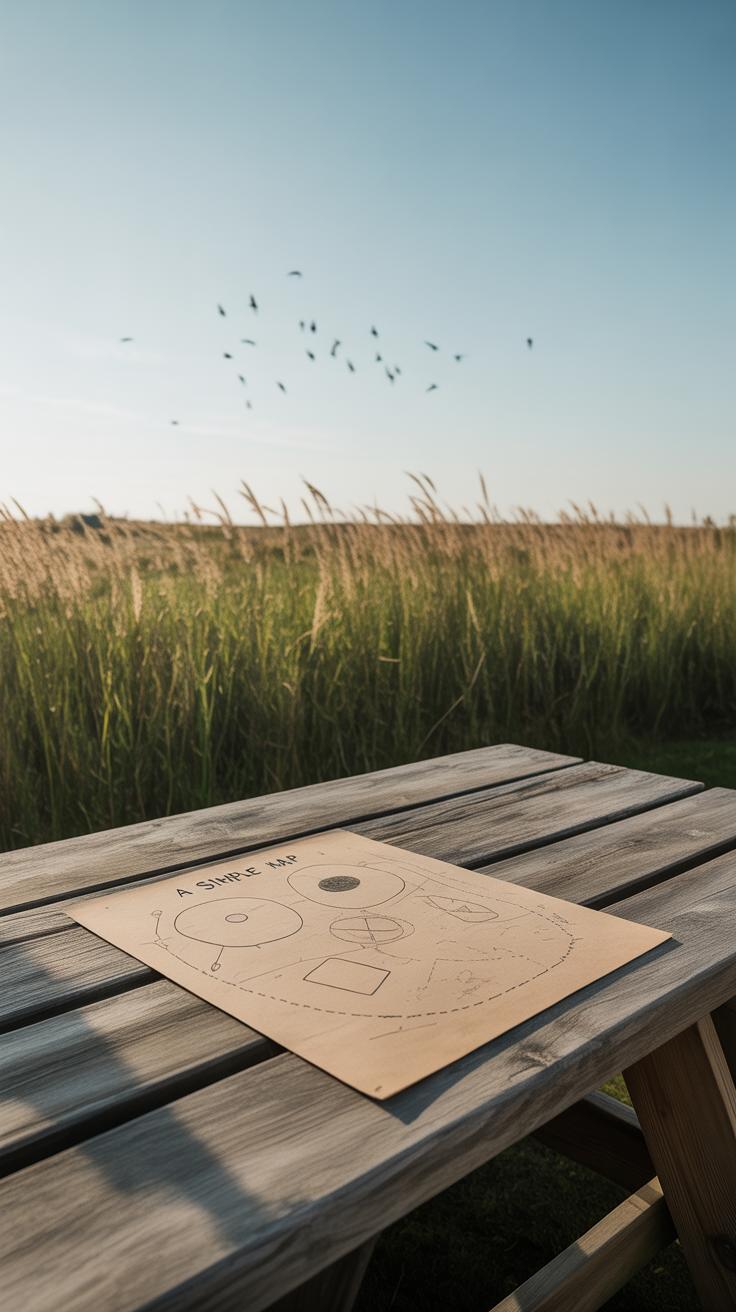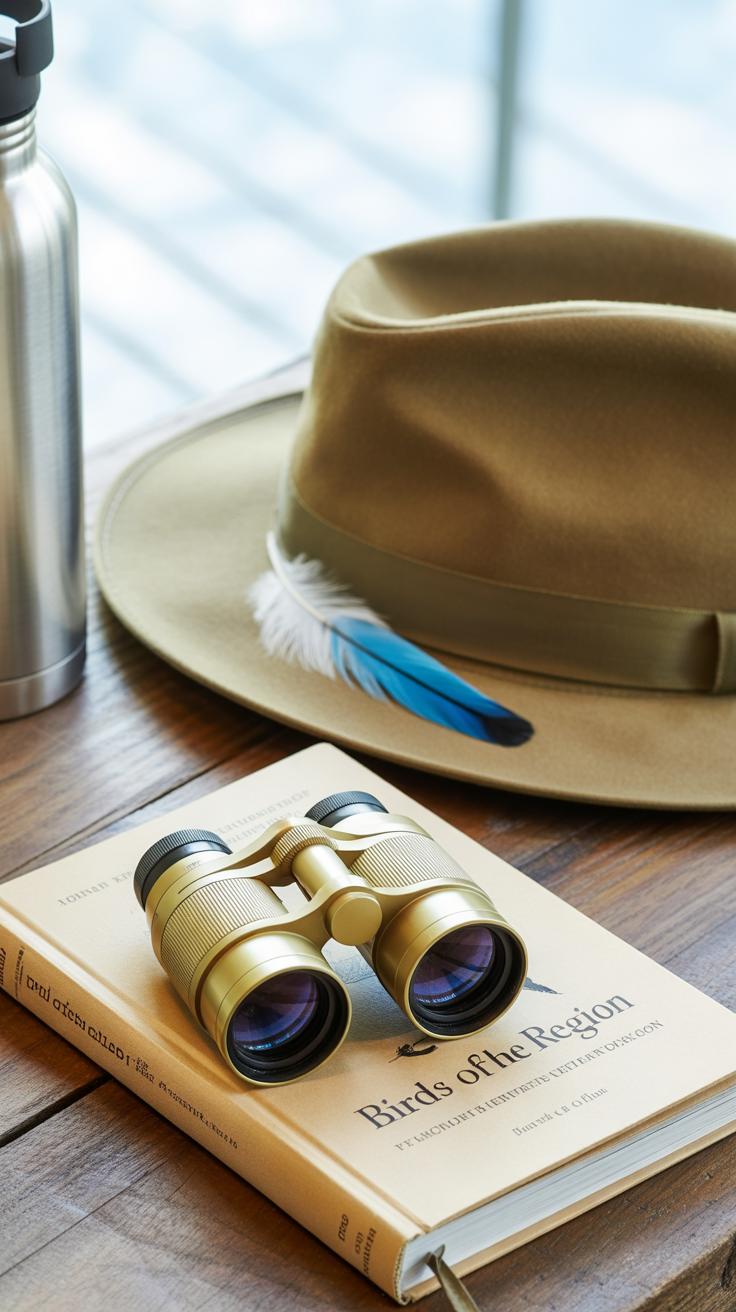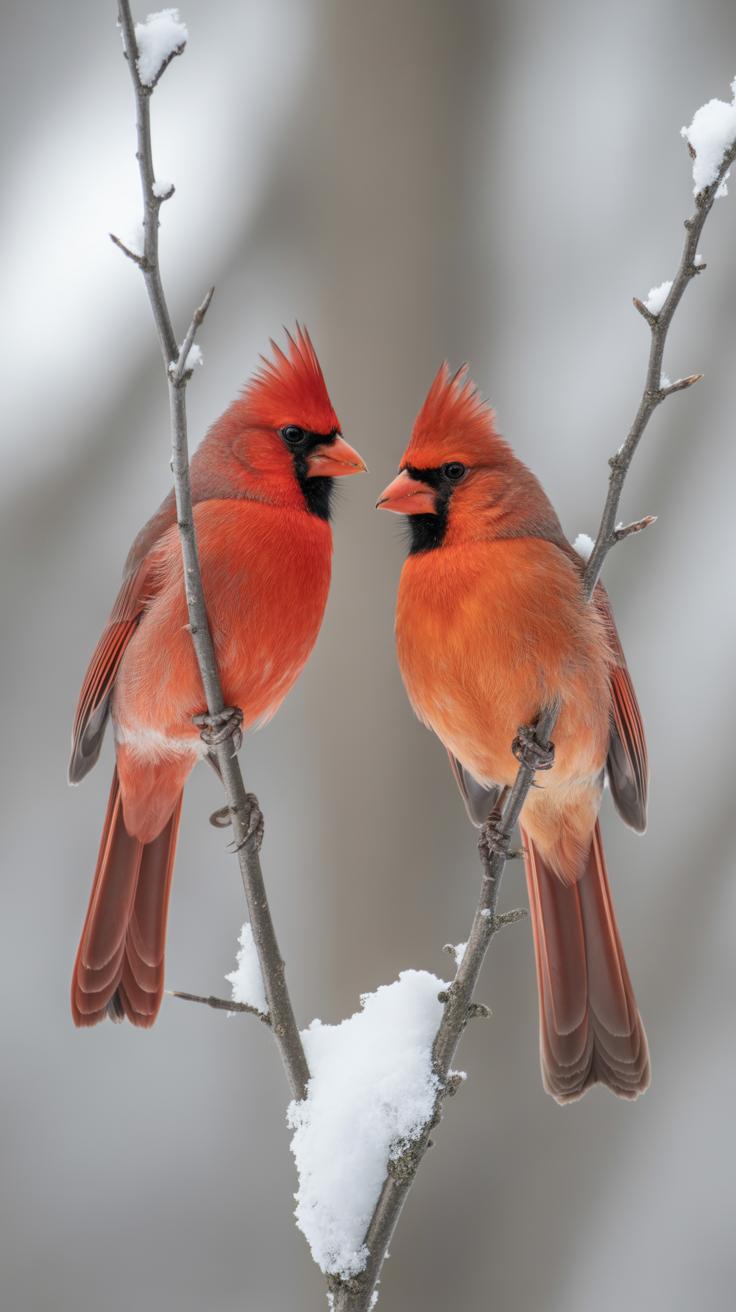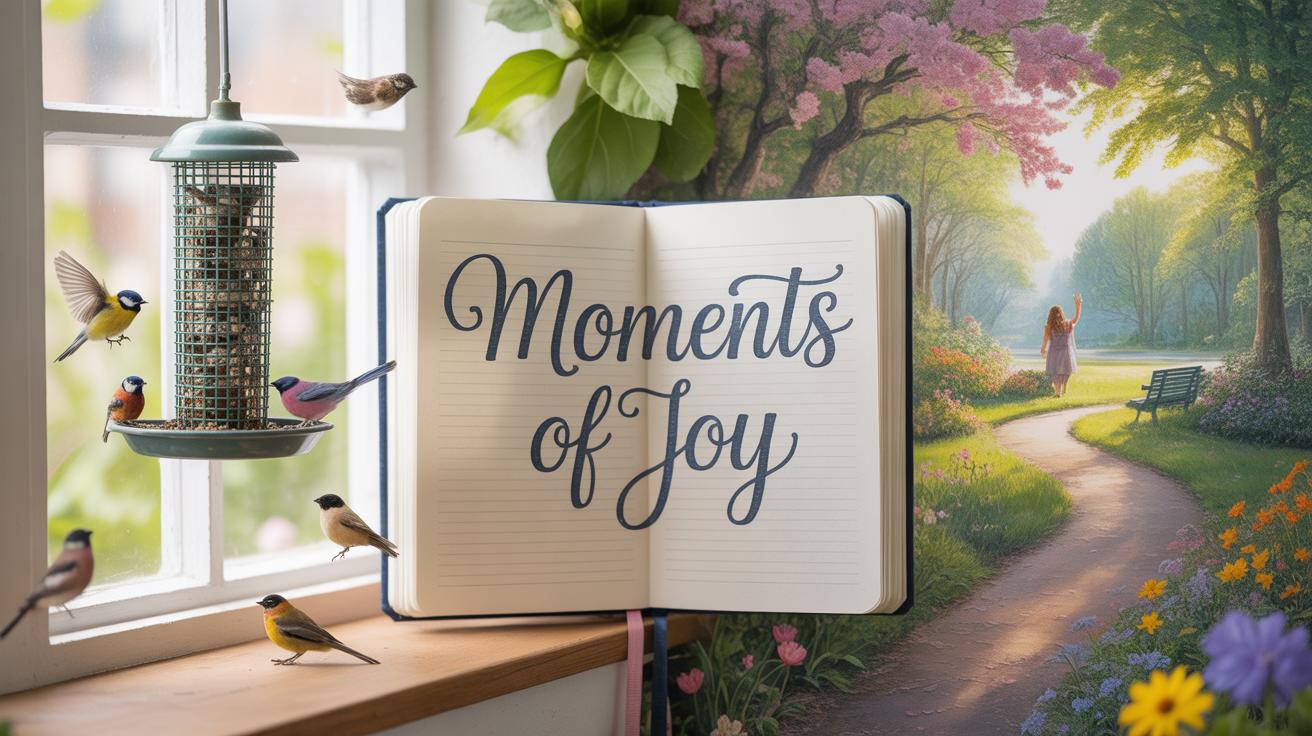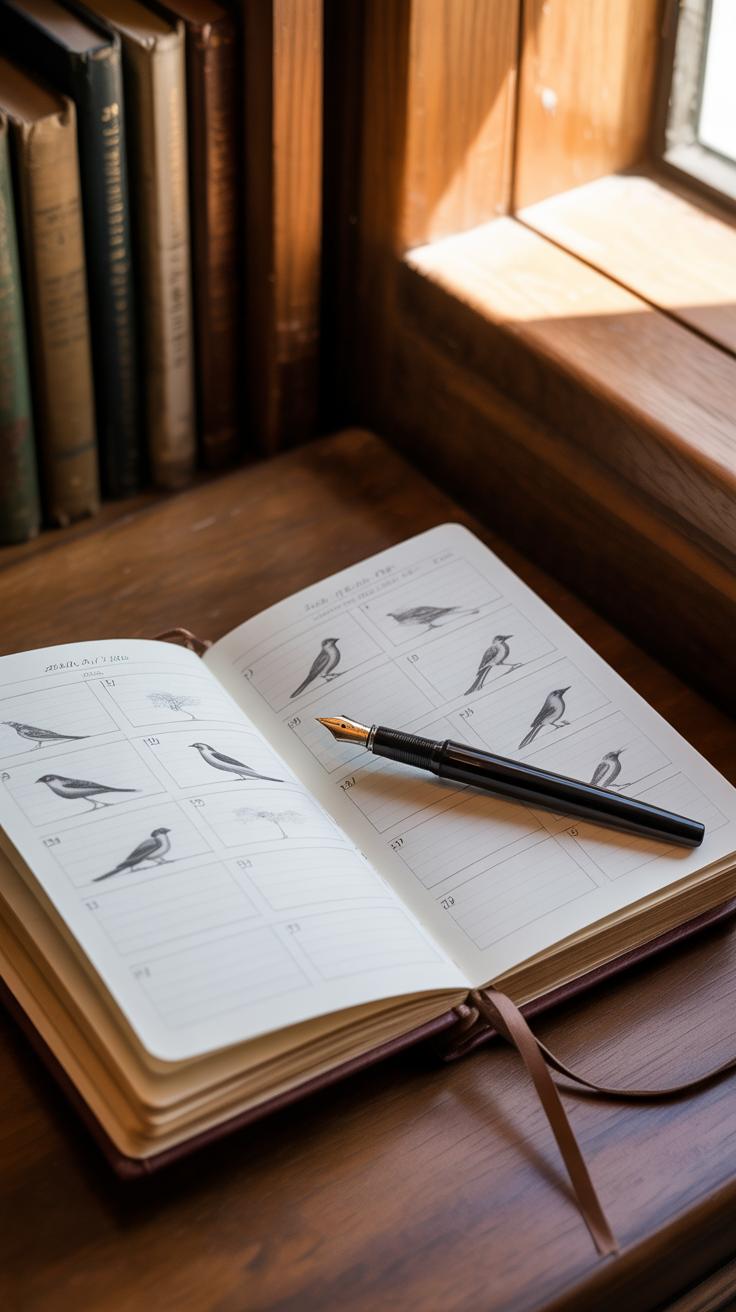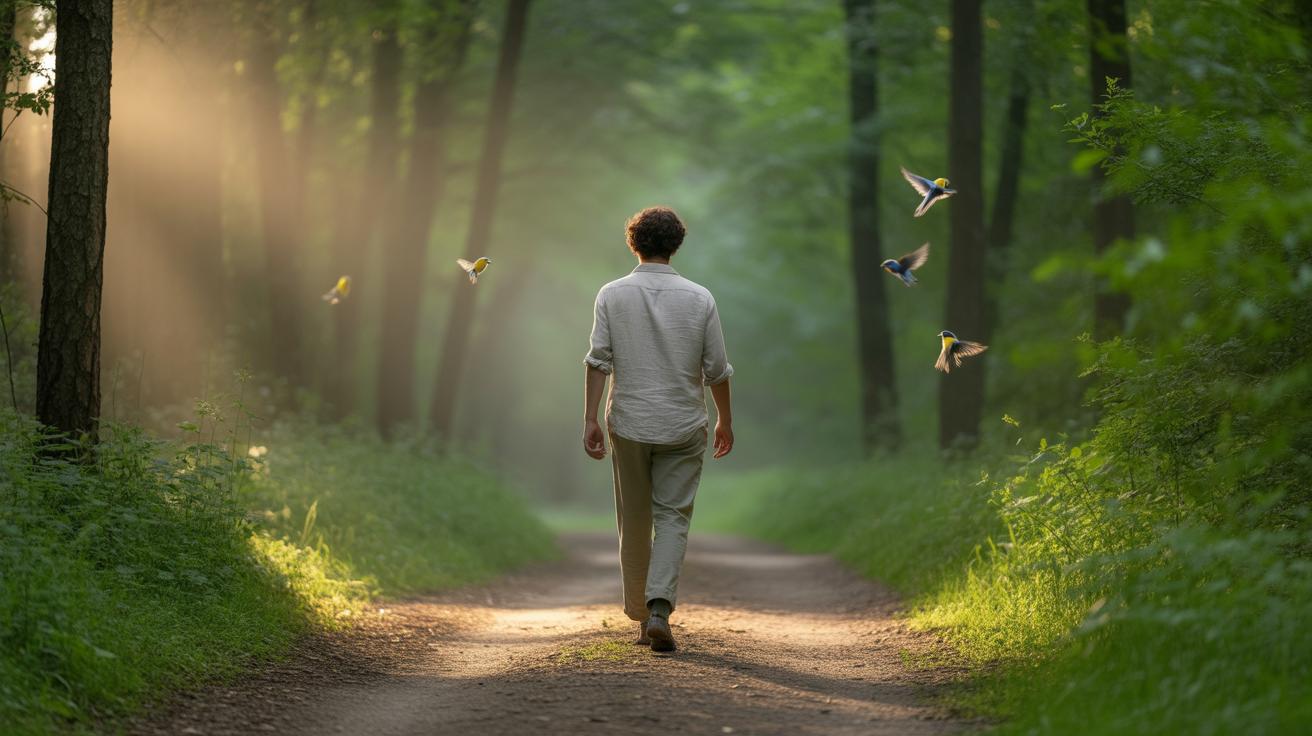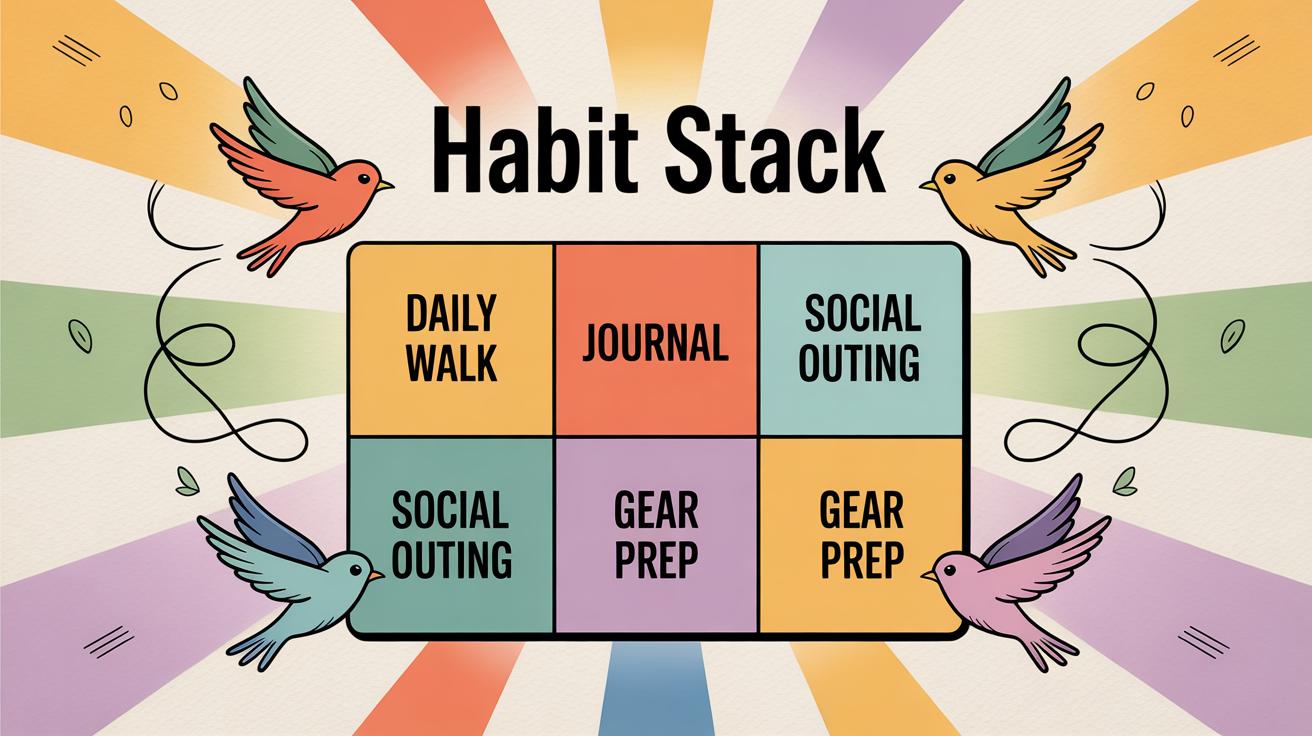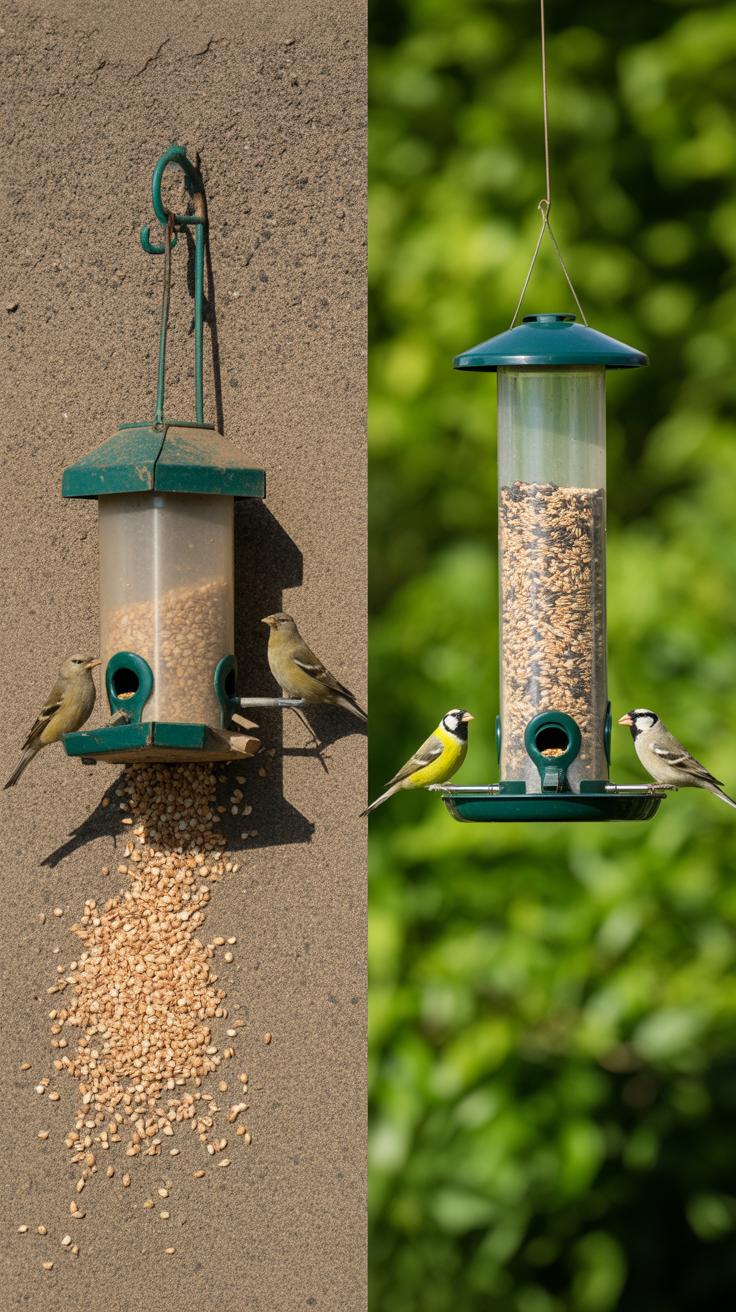Introduction
Bird watching is a simple activity that involves observing birds in nature. It can be done with just your eyes or with tools like binoculars. Many people enjoy bird watching not just for fun but to feel calmer and more focused in their daily lives. Spending time watching birds connects you with nature and helps reduce stress.
This article will explore how bird watching can improve your mood and concentration. You will learn about the benefits of bird watching, how to start, what you need, and ways to deepen your practice. Whether you are new or experienced, the information will help you enjoy bird watching and use it as a tool for well-being.
Understanding Bird Watching
What is Bird Watching
Bird watching, sometimes called birding, is the simple act of observing birds in their natural environments. It’s been a pastime for centuries, with roots reaching back to ancient times when people noticed birds for hunting or storytelling. Over time, it shifted into a more focused hobby where people watch birds purely for enjoyment and connection.
Most bird watchers use binoculars to spot birds that might be far away or hidden among trees. But it’s not just about sight; listening to bird songs and calls plays a big part too. Sometimes people simply watch quietly from a distance to avoid scaring the birds off. The tools and patience involved vary widely depending on where you are and what you’re aiming to see.
Why People Watch Birds
People watch birds for many reasons. Some find it relaxing—a way to slow down and breathe deeply outdoors. Others enjoy learning, identifying different species and their behaviors, which can feel like solving a natural puzzle. There’s also the social side: bird watching groups, outings, and festivals where enthusiasts share tips and stories.
This differs from scientific bird study in that bird watchers often focus on personal experience and casual observation instead of systematic data collection. Still, the line can blur when bird watchers contribute to conservation efforts or citizen science projects. It’s interesting how a hobby like this can become both a peaceful retreat and a community activity.
Benefits of Bird Watching for Your Mind
Bird watching can quietly shift your mental state without much effort. When you watch birds, you often find yourself slowing down. It’s not just about spotting a rare species or ticking a list—it’s about settling into a moment. The simple act of observing a bird’s slow, deliberate movements seems to pull tension out of your body.
Being outside, surrounded by nature, helps in ways you might not immediately notice. The greenery, the sounds, even the fresh air—these all play a part in lowering stress levels. Studies suggest natural environments can decrease cortisol, the stress hormone. I’ve found that after even a short walk where I focus on birds, my mind feels less cluttered and more peaceful.
Bird watching also demands attention and patience, which means your mind practices focusing in a way that daily distractions don’t often allow. You start noticing tiny details like a subtle call or a flash of color. This kind of mindful attention pulls you into the present, steering you away from worries about the past or future.
Consider how, when watching a bird intently, everything else fades away for a bit. This kind of focus is similar to meditation, though perhaps less formal. If concentration is something you struggle with, bird watching might help you train your brain to stay on one thing longer. Even on days when your mind feels restless, the unpredictability of birds encourages patient observation.
These moments of calm focus can also improve mood. Watching birds can evoke gentle pleasure and curiosity, which seem to naturally soften feelings of anxiety or sadness. Have you ever noticed how a small joy, like seeing a bird you didn’t expect, can brighten your day? It might feel minor but the effect can ripple outward.
Choosing Your Bird Watching Spot
Picking a place to watch birds can feel surprisingly personal. You want somewhere with quiet corners and, well, birds to watch. Often, the best spots are right around you, waiting to be discovered.
Local Parks and Gardens
Parks and gardens close to home are usually the easiest places to start. These settings often support a decent variety of birds, from robins and sparrows to finches and woodpeckers. The trees, bushes, and even flower beds offer food and shelter, which encourages birds to stick around. Plus, you don’t need to travel far or spend hours setting up.
Think about visiting during early morning or late afternoon when birds are most active. Sometimes, even small urban parks surprise you with unexpected visitors. It’s about patience—waiting by a bench or under a tree can bring some quiet moments, maybe a quick glimpse of a jay or a chickadee. The key is to find a spot where you can sit comfortably and stay still without disturbing your feathered neighbors.
Nature Reserves and Wetlands
If you want a broader range of birds, nature reserves or wetlands offer something different. These areas often support more species because they contain diverse habitats like open water, reed beds, and open woodlands. Wetlands especially attract waterfowl, herons, and sometimes rare birds that don’t often appear in city parks.
Being in these places can feel a little like entering another world. The quiet and space help birds to thrive, and you might spot groups of ducks or flocks of migratory birds passing through. It’s not just about the birds—reserves often have info boards or guided paths that help you understand the environment. It might take a bit more effort to get there, but the payoff is often worth it.
When you’re choosing a spot, ask yourself: Can I get close enough without disturbing the birds? Is there enough shelter for me to stay a while? Is the time of day right for the birds likely to be around? Sometimes, finding a favorite spot takes a little trial and error, but the experience—the calm and the focus—it’s probably worth it.
Essential Gear for Bird Watching
When you start bird watching, having the right gear can make a big difference. The most obvious tool is binoculars. They let you see birds clearly without getting too close and scaring them away. For beginners, something lightweight with a magnification around 8x to 10x works well—you don’t want anything too heavy or complex at first. Using binoculars takes a bit of practice; it’s common to fumble at first, but soon you’ll find it easier to focus on birds even from a distance.
Along with binoculars, a field guide helps you identify what you’re seeing. These guides include pictures, range maps, and details on bird habits. Some come as pocket books or smartphone apps, both handy in different situations. Flipping through a guide as you watch can slow you down, but that’s not necessarily bad—it helps you really notice details.
Other tools can enrich the experience. Bird sound apps are surprisingly useful. Sometimes you hear a bird but don’t see it right away; these apps can help match songs or calls to species. A small notebook is handy, too, especially to jot down observations, sketches, or questions—keeping notes can sharpen your focus.
Finally, pay attention to what you wear. Comfortable, weather-appropriate clothing matters more than you might think. If you’re chilly or itchy, it’s hard to stay patient and enjoy the moment. Clothes that blend into natural surroundings can reduce distraction for the birds, though how much this matters varies.
Have you noticed how small things—like a light jacket or a quiet app—can make your bird watching better? Those details add up, making the whole experience more enjoyable without overwhelming you with stuff.
Learning to Identify Birds
Getting to know birds by their shape, colors, sounds, and behaviors can feel a bit tricky at first, but it’s really where the fun begins. When you spot a bird, start by noticing its overall size—does it seem small like a sparrow or larger like a crow? Size alone doesn’t tell the whole story, though.
Look at the shape of the bird’s body: is it round, slim, or stocky? Pay attention to the beak—short and thick? Long and thin? These details help narrow things down quickly. Color patterns are helpful but can be misleading sometimes since lighting or distance changes how you see them. Try focusing on distinctive markings instead, like a bright patch or a unique wing bar.
Visual Bird Identification
Shape and size are your best friends here. For example, a robin often shows a round body with an orange-red chest, while a blue jay is bigger with sharp wing patterns. Don’t rush to judge by just one feature. Instead, take it all in.
Here’s a simple trick: compare bird sizes to animals or objects you know—a sparrow might be about the size of a walnut. This makes remembering easier later on. Colors can vary with seasons or age, so consider that, too. Sometimes, the way a bird holds its tail or wings matters as much as its color.
Listening to Bird Calls
Bird sounds are like another type of fingerprint. Often, you’ll hear a bird long before you see it. Concentrate on whether the call is a high-pitched trill, a repeating whistle, or a harsh caw. Each species tends to have its own pattern, even if some calls sound similar.
Try to remember the rhythm or repetition rather than the exact note. Often, beginners feel overwhelmed, but just noticing if a bird’s call rises or falls can be enough to start distinguishing them. I remember the first time I recognized a cardinal just by its clear, sharp whistle—there was a thrill in knowing I could “see” the bird with my ears alone.
To practice, listen to bird calls through apps or recordings when you’re not outside. Then, when you’re out bird watching, try matching what you hear. It’s a patience game, really, and almost meditative—something about focusing so closely helps calm the mind, ironically.
Keeping a Bird Watching Journal
Writing down your bird watching experiences can deepen your connection to the activity in ways you might not expect. A journal becomes more than just a record; it’s a personal story of your time outdoors, the birds you spot, and even your own changing moods. Sometimes, I find that capturing small details—like the way a robin tilts its head or the sudden silence before a hawk swoops—is what makes the experience stick with me longer.
What should you include? Start with the basics:
- Date and time: Noting when you watched helps track patterns in bird behavior or your visits over the seasons.
- Location: Write down where you were. This can be as vague as “local park” or as specific as GPS coordinates.
- Bird species: If you’re unsure about a bird’s name, jot down a description or sketch it roughly—details can jog your memory later.
- Behavior: What were the birds doing? Feeding, flying, singing, or interacting? Sometimes their actions tell as much as their looks.
- Personal feelings: How did watching make you feel that day? Calm, curious, a bit restless? This part is surprisingly valuable.
As you review your entries, you might notice progress in your identification skills or an evolving appreciation for certain species. Sometimes, reading an old note sparks a memory of a quiet moment or a new question about a bird’s habits. Your journal becomes this evolving dialogue between you and nature, encouraging you to pay closer attention—not just to the birds, but also to how bird watching affects your mood and focus over time.
Bird Watching For All Ages
Bird watching can suit just about anyone—kids, adults, seniors—each finding their own rhythm and joy in it. For children, it barely feels like a hobby. It’s more like a game or a mini adventure. Simple activities like spotting different colors, counting birds, or even making up stories about them keep things light and fun. You might try a scavenger hunt: “Find a red bird” or “Spot a bird with a long tail.” This not only keeps them interested but somehow makes nature less mysterious and more approachable.
For adults and seniors, bird watching often becomes a peaceful break from daily stress. It’s not about speed or numbers but about slowing down. Some might enjoy identifying calls or noticing patterns, others find comfort just sitting quietly and observing. Keeping things easy—like a walk in the park or even from a window—means it doesn’t have to be tiring or tough on the joints.
When families come together to watch birds, it creates moments you don’t forget. Everyone, regardless of age or experience, gets to share excitement over a rare sighting or a funny bird behavior. Those shared moments, even the quiet ones, build connection. Plus, introducing kids to the outdoors with family makes them more likely to appreciate nature later on. Maybe you’ll find a favorite spot or a yearly tradition without even trying.
Using Technology to Enhance Bird Watching
When you’re out in nature, spotting a bird can feel like a small victory. But sometimes, you just can’t quite place what you saw. This is where technology steps in. Nowadays, bird identification apps help you figure out that mystery bird on the spot. You can snap a quick photo or just select details like size, color, and song. The app then suggests likely matches. It’s surprisingly helpful — I remember once thinking I saw a rare warbler, only to realize with an app’s help it was a more common sparrow. Still, I wonder if relying too much on apps might take away from the thrill of trying to identify by ear or sight alone.
These apps don’t just ID birds—they let you log your sightings too. That way, you build your own record, sort of like a personal bird diary. It’s neat to look back and see patterns or rediscover birds you saw months ago. Plus, some apps connect you to local birding events or give migration updates, making your experience more connected and maybe even a bit competitive if you like that.
Beyond apps, online communities offer a space to share stories, ask questions, and learn. Joining a forum or a Facebook group related to bird watching puts you in touch with others who have been in your shoes, or binoculars, I guess. Conversations range from funny anecdotes to serious ID debates. Sometimes you find yourself scrolling through photos, wondering how you never noticed certain birds in your area before.
And then there’s the camera, an often underestimated tool. A decent zoom lens can capture moments you’ll forget without it—like the flash of a bird’s wing or a rare behavior. Reviewing pictures later can help confirm IDs or just remind you why you love watching them in the first place. Though, it’s easy to get caught up trying to get the “perfect” shot and lose the peaceful focus bird watching offers.
Do you think technology enhances your connection to nature, or does it sometimes pull you away? It’s a balance, I suppose, but there’s no denying tech can open new doors in the bird watching world.
Common Mistakes to Avoid
Being Too Noisy or Fast
One of the most common mistakes beginners make is moving too quickly or talking loudly while bird watching. Birds have sharp senses and can detect sudden movements or sounds from far away. If you rush through an area or chatter, you risk scaring them off before you even get a good look. Slow, deliberate steps give you a better chance to observe quietly without disturbing their natural behavior. I’ve noticed that when I slow down and stay still for a moment, even shy birds sometimes come closer. It’s not just about being silent; it’s about blending in with the environment without drawing attention. Do you find it hard to keep quiet? Try practicing deep breaths or even holding small conversations under your breath—that helped me at first.
Not Preparing Properly
Another mistake is heading out unprepared, which can spoil the entire experience. Wearing bright, shiny clothing or heavy scents might unintentionally alert birds to your presence. Think about dressing in muted colors that match the surroundings. Also, forgetting essential gear—like binoculars, a field guide, or water—can leave you uncomfortable and frustrated. I once went out without enough layers and barely lasted an hour; it was a lesson learned the hard way. Preparation isn’t just about gear; it’s about knowing your location and the typical weather too. You don’t want to find yourself shivering or stuck in mud because you didn’t check the forecast or terrain. Taking a few extra minutes before you go can make bird watching feel so much more enjoyable, rather than a scramble to fix things on the spot.
Making Bird Watching a Daily Habit
Building bird watching into your daily routine doesn’t have to be complicated. You might try setting specific times, like an early morning stretch before the day starts or a quiet evening moment when things slow down. These moments can anchor your practice and create a small but meaningful pause in your day.
Even if you only have five or ten minutes, those brief sessions can offer a surprising sense of calm. Sometimes, just stepping outside during a coffee break and listening for bird calls is enough to reset your focus. I’ve found that noticing a quick flash of color on a tree branch or the flutter of wings nearby can snap me out of distractions better than scrolling through my phone.
Try to stay open to spontaneous opportunities to watch birds. Maybe while waiting for a bus, or during a daily walk, glance up and take a moment. You don’t need binoculars or a guidebook every time — sometimes, just watching the motion and lightness of birds around you can be grounding in itself.
- Pick consistent times, but remain flexible when needed.
- Use small breaks to notice birds, even if just briefly.
- Allow curiosity to lead you, without pressuring yourself to spot specific species.
- Keep simple tools on hand—like a notebook—to jot down what you see or hear.
Above all, let bird watching be a gentle invitation, not a task. That subtle shift can make the habit last, helping your mind stay calm and focused in small doses throughout your day.
Conclusions
Bird watching offers more than just a chance to see different bird species. It provides a way to improve your mental focus and lift your mood by bringing you closer to nature. The quiet moments spent observing birds help lower stress and increase calmness. Regular bird watching can become a part of your routine for better mental health.
Starting bird watching is easy and does not require much equipment or experience. By paying attention to birds and their behavior, you also grow more patient and observant. Embracing this simple hobby can make your days more peaceful and joyful.



